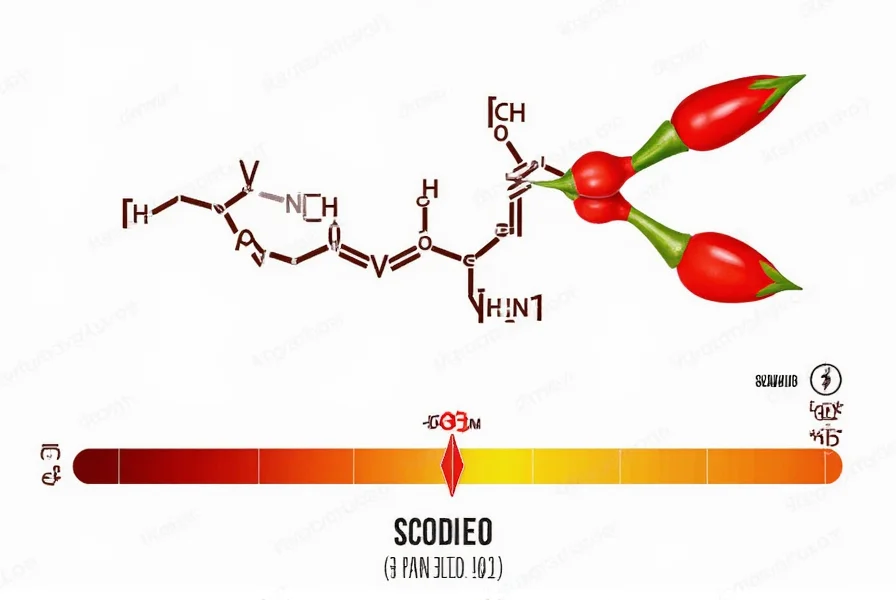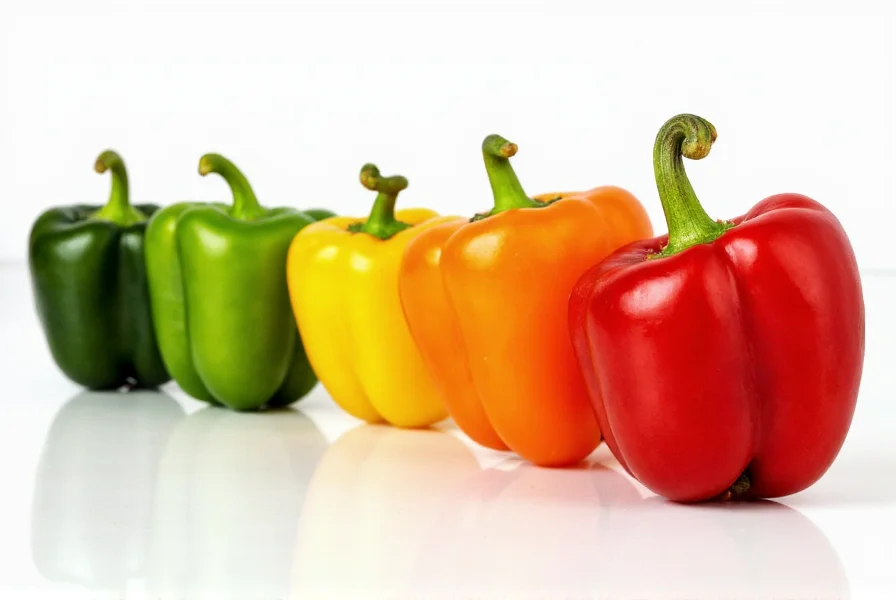Whether you're planning to grow your own chili garden, experimenting with international recipes, or simply trying to understand why some peppers make your mouth burn while others don't, the pepper heat scale chart provides essential guidance. This comprehensive reference explains not just the numbers but the practical implications of different heat levels in everyday cooking and consumption.
Understanding the Scoville Scale: More Than Just Numbers
The Scoville Organoleptic Test, the original method for determining heat levels, involved diluting pepper extract in sugar water until the heat was no longer detectable by a panel of tasters. Today, high-performance liquid chromatography (HPLC) provides more precise measurements of capsaicinoids—the compounds responsible for heat—but results are still converted to Scoville Heat Units for consumer understanding.
It's important to recognize that heat perception varies between individuals. Factors like genetics, previous exposure to spicy foods, and even cultural background affect how we experience the same pepper. The scale provides an objective measurement, but your personal experience may differ.

Comprehensive Pepper Heat Scale Chart
| Pepper Type | Scoville Heat Units (SHU) | Heat Level Description | Common Culinary Uses |
|---|---|---|---|
| Bell Pepper | 0 SHU | Mild | Salads, stuffed peppers, raw consumption |
| Pepperoncini | 100-500 SHU | Mild | Pickled vegetables, Greek salads, sandwiches |
| Poblano | 1,000-2,000 SHU | Mild to Medium | Chiles Rellenos, mole sauces, roasted dishes |
| Jalapeño | 2,500-8,000 SHU | Medium | Salsas, nachos, poppers, pickled peppers |
| Serrano | 10,000-23,000 SHU | Medium-Hot | Pico de gallo, hot sauces, guacamole |
| Cayenne | 30,000-50,000 SHU | Hot | Spice blends, hot sauces, seasoning meats |
| Thai Bird's Eye | 50,000-100,000 SHU | Very Hot | Thai curries, Southeast Asian dishes, hot sauces |
| Habanero | 100,000-350,000 SHU | Extremely Hot | Caribbean sauces, hot sauces, specialty dishes |
| Ghost Pepper (Bhut Jolokia) | 800,000-1,041,427 SHU | Devastatingly Hot | Extreme hot sauces, competitive eating, novelty foods |
| Carolina Reaper | 1,400,000-2,200,000+ SHU | World's Hottest | Record-breaking hot sauces, extreme culinary challenges |
Factors That Influence Pepper Heat Levels
Understanding a comprehensive pepper heat scale chart requires recognizing that SHU values represent ranges rather than fixed numbers. Several factors affect the actual heat you'll experience:
- Growing conditions: Stressors like inconsistent watering, temperature fluctuations, and soil composition can increase capsaicin production
- Ripeness: Most peppers become significantly hotter as they mature and change color
- Plant position: Peppers growing on the upper parts of the plant often develop more heat
- Individual variation: Even within the same plant, heat levels can vary between fruits
- Preparation method: Removing seeds and white membranes reduces heat intensity

Practical Applications for Home Cooks
When working with the pepper heat scale chart for cooking purposes, consider these practical guidelines:
For family-friendly dishes, stick to peppers under 5,000 SHU like poblanos or anaheims. When substituting peppers in recipes, remember that a single habanero can replace up to 20 jalapeños in terms of heat contribution. Always taste-test small amounts before adding to dishes—capsaicin doesn't distribute evenly throughout recipes.
Professional chefs often build heat profiles by combining different pepper varieties rather than relying on a single extremely hot pepper. This creates more complex flavor experiences while maintaining control over the final heat level.
Safety Considerations When Handling Hot Peppers
Working with high-Scoville peppers requires precautions. Always wear gloves when handling extremely hot varieties like ghost peppers or Carolina Reapers, and avoid touching your face. If you experience burning sensations, dairy products like milk or yogurt provide relief by binding to capsaicin molecules, while water typically spreads the burn.
When creating your own hot sauces using peppers from the upper ranges of the pepper heat scale chart, start with small quantities and gradually increase until you achieve your desired heat level. Remember that heat perception intensifies over time—you might not feel the full effect for several minutes after consumption.
Common Misconceptions About Pepper Heat
Many people believe that smaller peppers are always hotter, but size isn't a reliable indicator—some large peppers like the Trinidad Moruga Scorpion rank among the world's hottest. The seeds themselves don't contain capsaicin; they absorb it from the white pith (placenta) surrounding them, which is why removing both reduces heat.
Another misconception is that heat equals flavor quality. While extremely hot peppers have their place, many culinary applications benefit from the complex flavors of medium-heat peppers like poblanos or anchos that provide depth without overwhelming spice.
Frequently Asked Questions
What is the most accurate way to measure pepper heat?
The most accurate method for measuring pepper heat is high-performance liquid chromatography (HPLC), which precisely measures capsaicinoid concentration. These results are then converted to Scoville Heat Units (SHU) for consumer understanding. While the original Scoville test relied on human tasters, HPLC provides objective, scientific measurement without subjectivity.
Why do some jalapeños taste much hotter than others?
Jalapeño heat varies due to growing conditions, ripeness, and individual plant genetics. Stress factors like inconsistent watering or temperature fluctuations increase capsaicin production. Red jalapeños (fully ripe) are typically hotter than green ones. Peppers from the top of the plant often develop more heat, and the white pith contains most capsaicin, so preparation method affects perceived heat.
How can I reduce the heat of a dish that's too spicy?
To reduce excessive heat in a dish, add dairy products like yogurt or sour cream, which contain casein that binds to capsaicin. Acidic ingredients like lime juice or vinegar can also help balance heat. Adding more non-spicy ingredients to dilute the dish works well, as does incorporating starches like rice or potatoes. Sugar can counteract heat perception, but use sparingly to avoid altering flavor balance.
Is there a correlation between pepper color and heat level?
Generally, as peppers ripen and change color from green to red (or yellow/orange), their heat increases along with sugar content. For example, red jalapeños are typically hotter than green ones. However, color alone isn't a reliable heat indicator across different pepper varieties—some hot peppers like the Chocolate Habanero are brown when ripe, while mild peppers like red bell peppers remain sweet.










 浙公网安备
33010002000092号
浙公网安备
33010002000092号 浙B2-20120091-4
浙B2-20120091-4